Horror movies have always been a window into our souls. Our fears are distilled through whatever lens we choose to view them through. Whether it be paranoia, sickness, or the continual repression of the fear of our own demise, it’s a genre you can wrap any subtext into and get your point across while entertaining and scaring people at the same time. It’s an allegory for our broader concerns and a therapy session of sorts for the human condition. We work through our fears in a somewhat safe environment with other viewers to process and cope with the real things that frighten us every day. And hopefully, be entertained in the process.
Where’s the Love?
Horror movies have always been widely successful as well. From Britain’s famous Hammer Studio releases starting in 1943 to Italian Giallo in the 1970s to the broader commercial slasher films of 1980s America. Audiences are always drawn back to being frightened. The well never runs dry with new subgenres as our cultural norms and fears change over time. It’s continually one of the game’s most exciting and inventive genres.
Related Read to Horror Movies: Exploring The Inevitable Dualities In Rosemary’s Baby
Yet, they’ve always been looked at as the red-headed stepchildren of cinema. For all of its social currency and success, they’ve had an equal air of dirty about them. Continually being shelved in the lowbrow or slumming section of the cinematic pantheon. The so-called highbrow sophisticates have generally looked down on horror movies as exploitative and overly obsessed with violence and regarded them as films made by depraved people with an ax to grind, which actually couldn’t be further from the truth, aside from the many killers in horror movies wielding actual axes, of course.
Go down the list of the horror masters such as Wes Craven or George Romero just as an example. They couldn’t be more affable human beings. They’ve just chosen to channel their creativity into a darker form of expression. There’s been a complete disregard of Horror throughout the years as a meaningful art form that does more than churn out box office receipts, from critics missing the point altogether to absent-minded Academy voters. As Jay-Z once aptly put it, “where’s the love?”
Horror Genre’s Fleeting Moments at the Oscars
To be fair, many slice-and-dice horror films (please excuse the lousy pun) are made cheap with minimal emphasis on plot or depth. They’re primarily concerned with a body count and boobs. And clearly, movies like this will never get recognized as high art. And that’s fine. Much of genre cinema, be it Comedy or Sci-Fi, typically doesn’t make its way into the critical love category. Ironically, these films often have the most to say and have the longest legs in the cultural zeitgeist.
Related Read: No-One Really Cares About the Awards Season
However, horror has had fleeting moments in the Awards spotlight over the years. And has given actresses, in particular, some of their weightiest roles. Still, they’re typically only accepted when the films have a sense of “sophistication” and a blurring of the horror definition. And with notable filmmakers and actors attached with some accepted cache.
One of the earliest horror films to get Oscar recognition was Rouben Mamoulian’s Dr. Jekyll and Mr. Hyde (1931), which was released in the same year as other genre-defining American horror flicks like Frankenstein and Dracula. The film was nominated for three Oscars (for acting, writing, and cinematography) and took home the ‘Best Acting’ Oscar (Fredric March). In fact, Mr. Mamoulian was one of the genius filmmakers of the early talkies era. Mamoulian’s use of make-up and visual effects in Dr. Jekyll and Mr. Hyde was way ahead of its time. However, ‘Special Effects’ and ‘Make-Up’ became a competitive category at Academy Awards only in 1938 and 1981, respectively.
The next horror film to get major Oscar recognition was also one of its most influential. Alfred Hitchcock’s seminal Psycho would earn him his fifth and final Best Director nod and three other nominations, including Best Supporting Actress for Janet Lee. Between Dr. Jekyll and Mr. Hyde (1931) and Psycho (1960), only two other horror films received Oscar acclaim. One was Arthur Lubin’s Phantom of the Opera, an underwhelming 1943 American adaptation of the 1909 French novel. Of course, the film was more of a romantic melodrama with horror elements. The 1943 film won Oscar for ‘Best Cinematography’ and ‘Best Art Direction.’ The other film was Albert Lewin’s The Picture of Dorian Gray (1945) – for ‘Best Cinematography.’
The Visionary Horror Cinema that Broke the Academy’s Prejudice
After Hitchcock’s Psycho, Roman Polanski’s smash hit, Rosemary’s Baby, became a pop cultural phenomenon and made waves during the awards season. Rosemary’s Baby blended the sensibilities of European art-house movies and modern horror, which stormed the world in 1968. It gave beloved veteran stage actress Ruth Gordon a Best Supporting Actress win at the spritely age of 75.
Also, Read: 7 Facts You Probably Didn’t Know About The Silence Of The Lambs
But William Peter Blatty and wildman visionary William Friedkin blew open the doors for horror films’ mass appeal with The Exorcist in 1973. It would become a monstrous hit (sorry, more bad puns) and be nominated for several Academy Awards, winning Best Adapted Screenplay for Blatty, who also wrote the novel. Finally, Jonathan Demme’s masterpiece The Silence of The Lambs in 1991 became the only horror film to win Best Picture and a slew of other awards. Including Best Actor for Anthony Hopkins and Best Actress for Jodie Foster. It’s also one of only six Horror films ever nominated for the Best Picture category, along with The Exorcist (1973), Jaws (1975), The Sixth Sense (1999), Black Swan (2010), and Get Out (2017).
However, here’s the rub, they never called it a “horror” movie. It’s considered a “psychological thriller” (insert eye roll here). It’s a horror movie, people! Come on! But god forbid they recognize the best film of 1991 and one that straight up swept the Oscars as a horror film. Because that would lower the standard of its huffy stuffy, we only nominate movies that make most people fall asleep guidelines. Some argue that to be a horror film, and it needs to have a supernatural element. Nonsense, if Hannibal Lecter isn’t a horror villain of the scariest order, I really don’t know who is.
Recommended Read:
10 Greatest Best Picture Oscar Winners
10 Criminally Underrated Best Picture Oscar Winners
Golden Globes: The Lack of Musicals in its own Award
A Rare Moment of Shocking Clarity
Though horror genre films didn’t make much impact in the major Oscar categories, it was winning Academy Awards based on their technical merits. Films like The Omen (1976), Alien (1979), An American Werewolf in London (1981), The Fly (1986), Bram Stoker’s Dracula (1992), Sleepy Hollow (1999), and Sweeney Todd (2007) scored an Oscar statuette in the varied categories of the original score, special effects, make-up, costume design, and art design.
More than two-and-half decades after The Silence of Lambs’ Oscar glory, Academy had a moment of shocking clarity when it bestowed upon Jordan Peele the Best Original Screenplay Oscar for his ingenious and groundbreaking horror debut “Get Out” in 2018. A long-overdue breath of fresh air and one of the few times they’ve gotten it right. He was also nominated in the Best Picture and Best Directing categories. Becoming only the fifth black man to be nominated for Best Director in the Academy’s history.
Of course, Get Out’s historic win didn’t mean that Academy’s approach to the horror genre has changed. In recent years, both casual viewers and critics alike condemned the Academy for snubbing brilliant performances of female actors in movies like Hereditary (Toni Collette), Us (Lupita Nyong’o), Midsommar (Florence Pugh), Nope (Keke Palmer), and Pearl (Mia Goth). As mentioned above, Academy has deliberately snubbed genre films, still withholding the outdated notion that horror, comedy, or sci-fi genre films lack the ‘prestige’ of biographical dramas or historical epics. While comedy, action, and sci-fi movies have often secured screenplay, director, and best picture nominations, horror still remains a second-class genre. As Stephen King posted on Twitter in relation to Academy Award nominations (in 2019), “Horror is usually considered a ghetto genre.”
If the Academy wants to continue to stay relevant, I think it’s high time they start reassessing what they consider meaningful and worthwhile films. With a new generation of filmmakers like Ryan Coogler shunning his invite to become an Academy member and proclaiming he has zero interest in the sport of awards. And with viewership steadily declining year over year, the writing is clearly on the wall for the future of Award shows if they don’t make drastic changes to their formats.
Let’s start with including more Horror.
Related Read – The 10 Best Horror Movies of 2022

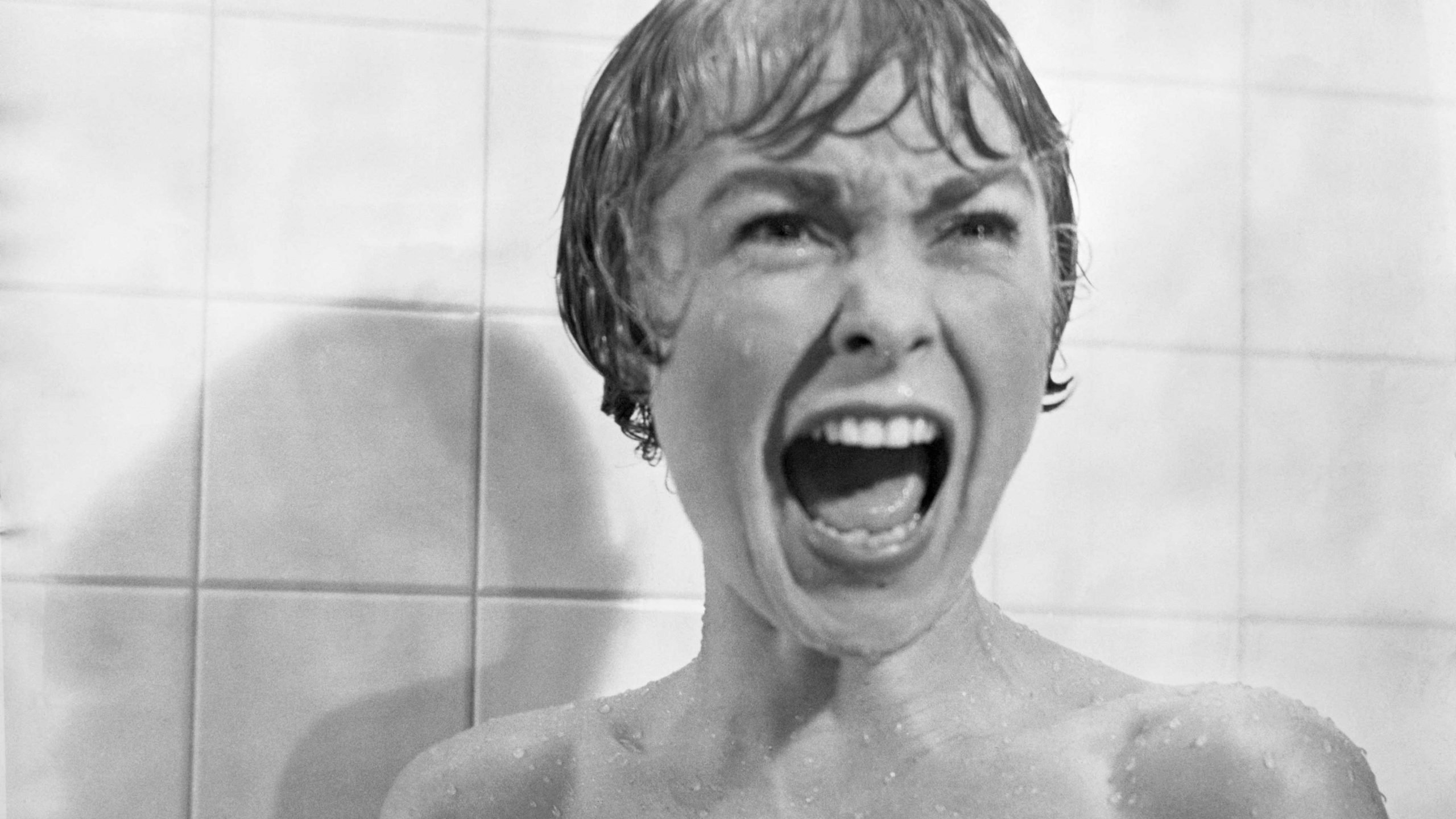
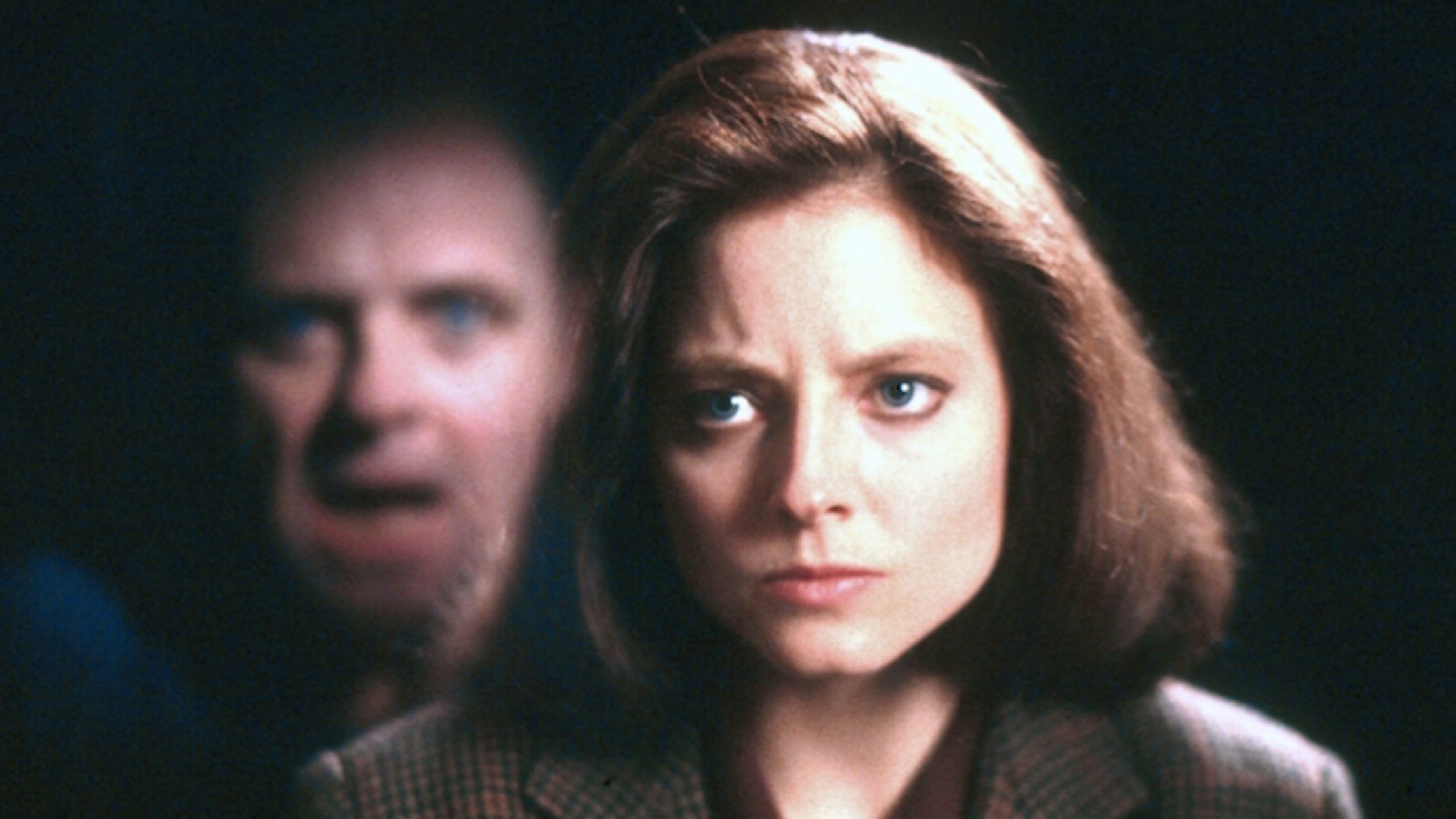

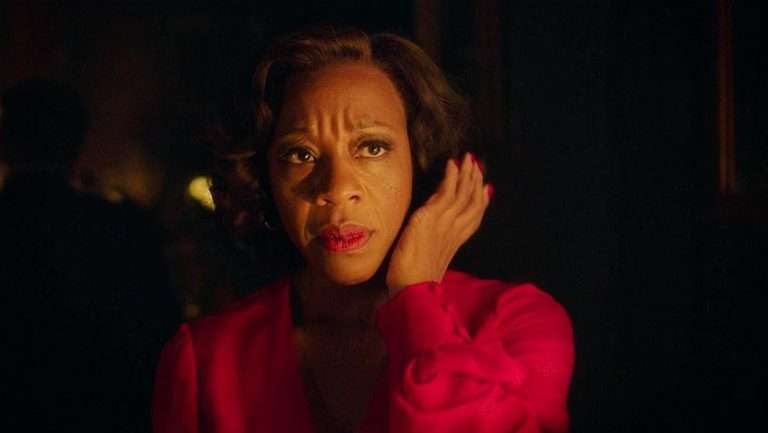

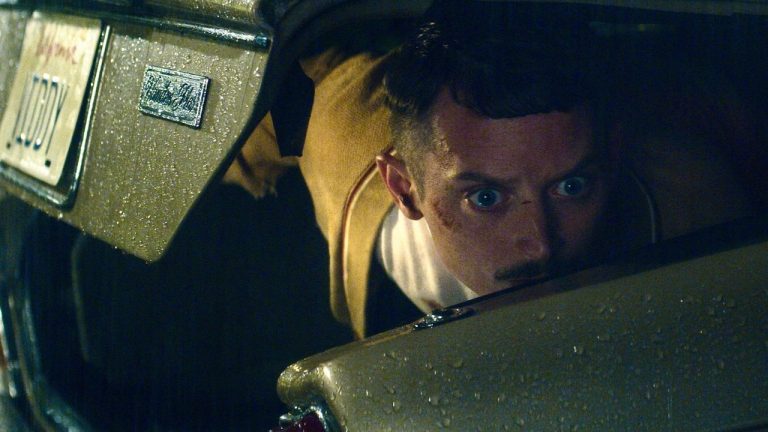
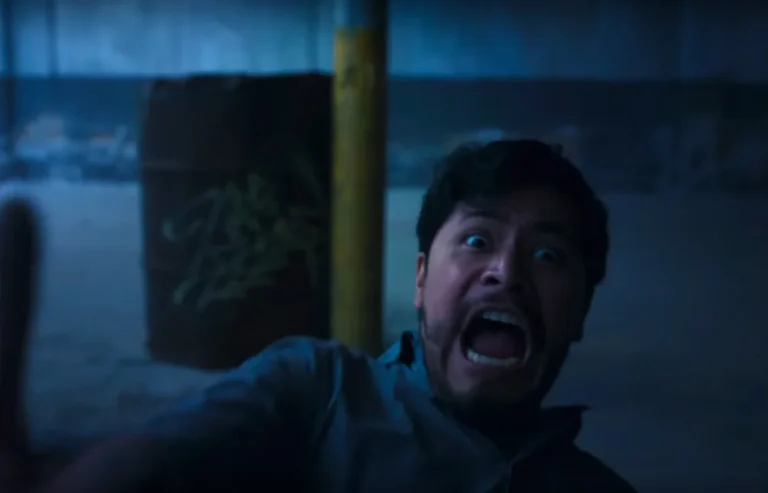

![Border [2018] Review: A Modern Folktale About Empathy](https://79468c92.delivery.rocketcdn.me/wp-content/uploads/2019/04/border-publicity_still-border_window-04-h_2019-768x433.jpg)